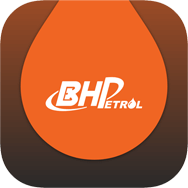As car enthusiasts, it’s easy for us to fall into believing common myths about the cars we love. Unfortunately, these myths can lead us to incorrect conclusions and even bad decisions when it comes to buying and maintaining our vehicles.
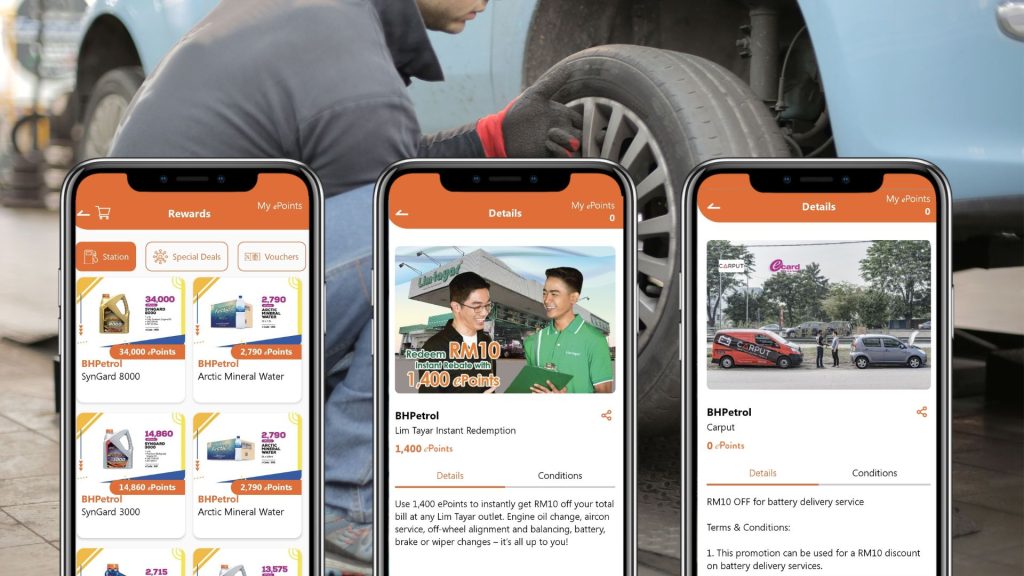
If you take pleasure in caring for your vehicle, why not consider becoming a member of the BHPetrol eCard app? As an eCard app user, you’ll have access to exclusive deals on car accessories and maintenance services, including in-station engine oil and coolant redemption, Lim Tayar cash vouchers, instant discounts on Carput’s battery delivery service, and much more. Join now and elevate your car care experience!
In this blog post, we’ll debunk the top 5 car myths that you’ve heard and give you the accurate, factual information you need to make informed decisions.
Myth #1: Mixing RON 95 & RON97 is bad for your car
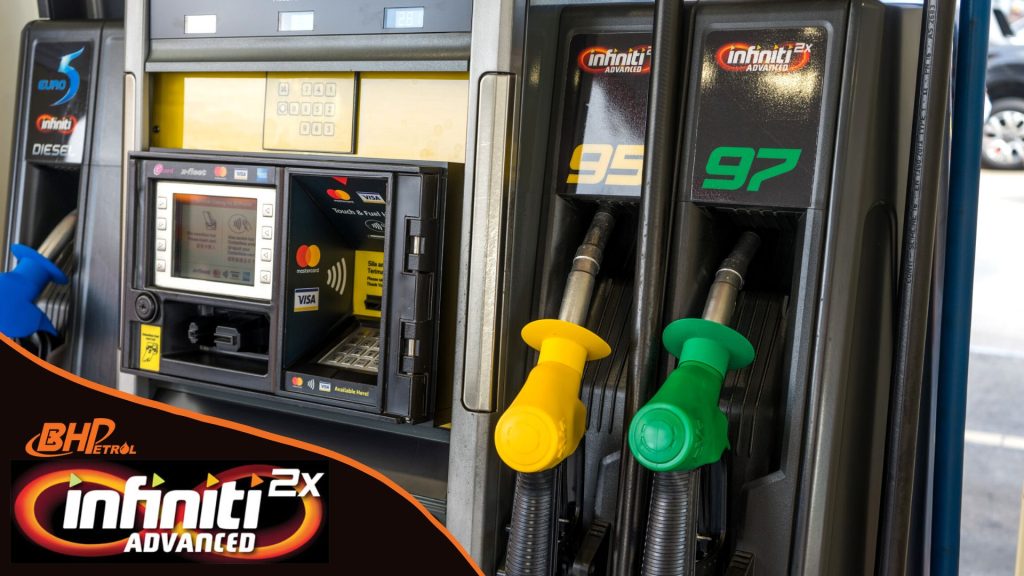
What would happen if you accidentally mix RON95 and RON97 in your fuel tank? The great news is that mixing RON 95 and RON 97 fuels in your car’s tank is unlikely to cause significant issues. Modern engines are designed to tolerate variations in octane levels, and the engine control systems can typically adjust to different fuel compositions. The difference in octane rating between RON 95 and RON 97 is generally not substantial enough to lead to immediate problems for most vehicles.
While a one-time mix is usually not a cause for concern, it’s advisable to return to using the recommended fuel for your vehicle as soon as possible to ensure optimal operation and avoid potential engine problems such as knocking or reduced engine efficiency over time.
Myth #2: You need to warm up your car every morning
Many of us have been told to let our cars warm up for around 5 to 10 minutes in the morning before driving off. The fact is that today’s cars are designed to be driven right away, and warming up your car before every drive is generally unnecessary for most modern vehicles.
So what’s the best way to warm up your car? You guessed it! Driving at a moderate speed when starting off your journey is a better practice for your engine health.
Myth #3: Letting your car idle is better than turning it off and on frequently
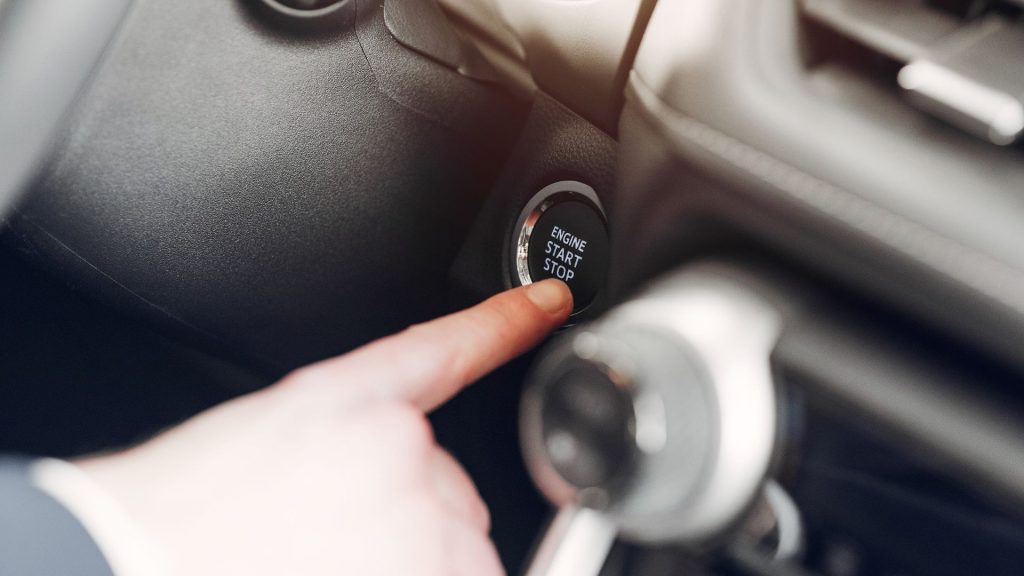
Photo Credits: Freepik
Idling your vehicle consumes fuel without providing the necessary load to efficiently warm up the engine. Driving your car, on the other hand, is a more effective way to generate the heat required for optimal engine performance. Moreover, prolonged idling can also lead to unnecessary fuel consumption and wear on engine components, which is often discouraged in order to reduce emissions, conserve fuel, and maintain overall engine health.
However, if you find yourself waiting in your car on a daily basis, such as when picking up your children from school, it is highly recommended to pull over into a shaded area and park your vehicle in a safe location to ensure the safety of both yourself and your car.
Myth #4: The “break-in” period for a new car requires not exceeding a certain speed
While it’s a good idea to be gentle with a new car initially, most modern cars no longer require a strict “break-in” period. Improved manufacturing techniques and advanced materials mean that modern engines are often ready to perform at their best right off the production line. While it’s still advisable to follow any specific recommendations from your car’s manufacturer, in most cases, you can drive your new car as you normally would without worrying about damaging the engine.
Myth #5: Is it necessary to leave the engine running to “cool down” after a long journey?
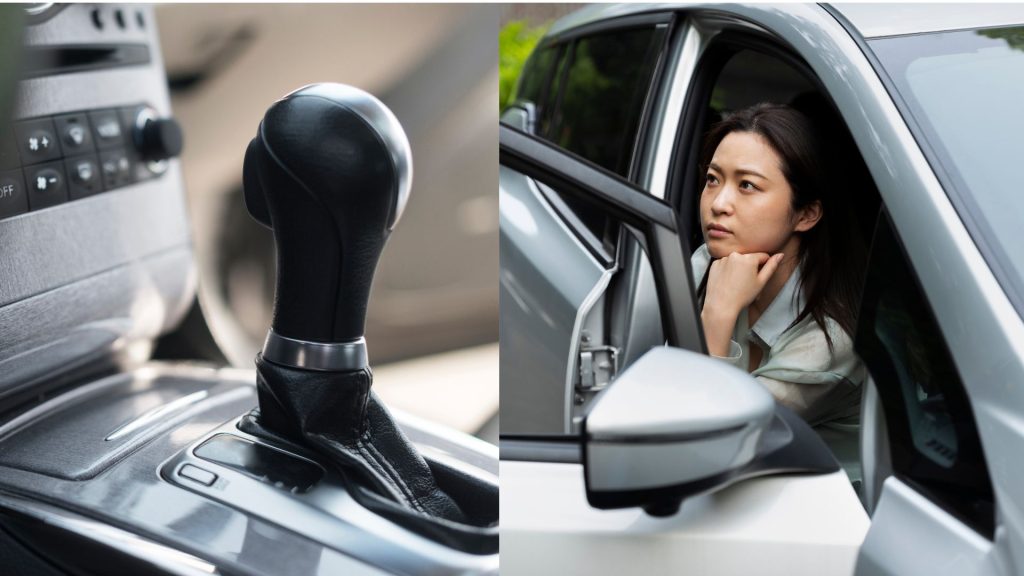
Photo Credits: Freepik
There is a common misconception that it’s necessary to leave your car engine running for a few minutes after a long journey to let it “cool down”. However, this practice is no longer necessary with modern cars. In fact, letting your engine idle for an extended period of time can actually lead to unnecessary wear and tear on the engine components.
If you anticipate a brief stop, such as waiting at a traffic light or stopping at a rest area, it might be more fuel-efficient to keep the engine running. However, for longer periods of time, it’s best to turn off the engine and let it rest until you’re ready to continue your journey. This will help maintain your car’s overall performance and efficiency in the long run.
Car myths are everywhere, but it’s important to separate fact from fiction when it comes to our vehicles. Now that you know the truth behind these common car myths, you can make informed decisions about your vehicle. Always refer to your owner’s manual and trusted automotive resources for accurate information, and don’t be afraid to question common beliefs about cars and car maintenance.
For more information about car maintenance, tips, and promotions at BHPetrol, don’t forget to check out our previous BHPetrol blog articles.



